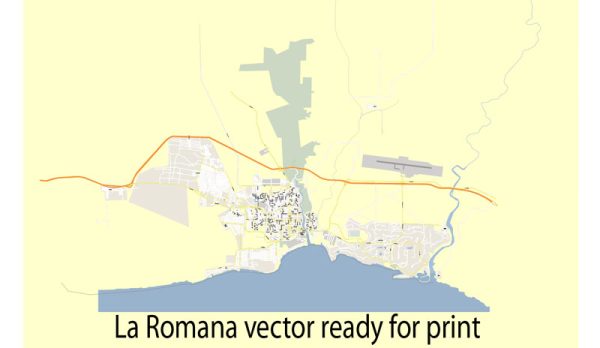La Romana is a province located on the southeastern coast of the Dominican Republic, and it has a rich history that dates back to the time of European exploration and colonization. Here is a brief overview of the history of La Romana:
- Indigenous Inhabitants: Before the arrival of European explorers, the region that is now La Romana was inhabited by the Taíno people. The Taíno were the indigenous inhabitants of the Caribbean and had established villages and communities in the area. They practiced agriculture and had a complex social structure.
- Spanish Colonization: La Romana, like the rest of the Dominican Republic, was colonized by the Spanish in the late 15th century. Christopher Columbus arrived on the island of Hispaniola in 1492 and claimed it for Spain. The Spanish established settlements and began exploiting the island’s resources, including sugar cane and tobacco.
- Sugar Industry: In the 19th century, La Romana became a center for sugar production. The fertile land in the region made it ideal for sugar cultivation, and large sugar mills were built to process the sugar cane. The industry led to the importation of African slaves to work on the sugar plantations.
- Abolition of Slavery: Slavery was abolished in the Dominican Republic in 1822. However, the legacy of the African slaves and their descendants continues to influence the culture of the region.
- Sugar and Tourism: La Romana’s economy remained largely dependent on the sugar industry until the mid-20th century when tourism began to play a more significant role. Today, the province is known for its beautiful beaches and resorts, including the renowned Casa de Campo resort, which attracts visitors from around the world.
- Casa de Campo: Casa de Campo is a luxury resort and residential community that was developed in the 1970s. It offers golf courses, marinas, and other amenities, making it a popular destination for tourists and well-to-do visitors.
- Modern Development: La Romana has experienced significant modernization and development in recent years, making it an important center for tourism and commerce in the Dominican Republic.
- Culture: La Romana’s culture is a blend of Spanish, African, and Taíno influences. This is reflected in its music, dance, and cuisine. Merengue and bachata music are popular in the region, and traditional Dominican dishes, such as sancocho and mangu, are enjoyed by locals and tourists alike.
La Romana’s history is intertwined with the broader history of the Dominican Republic, and its evolution from a colonial-era sugar-producing region to a vibrant tourist destination has shaped its identity and culture.


 Author: Kirill Shrayber, Ph.D.
Author: Kirill Shrayber, Ph.D.